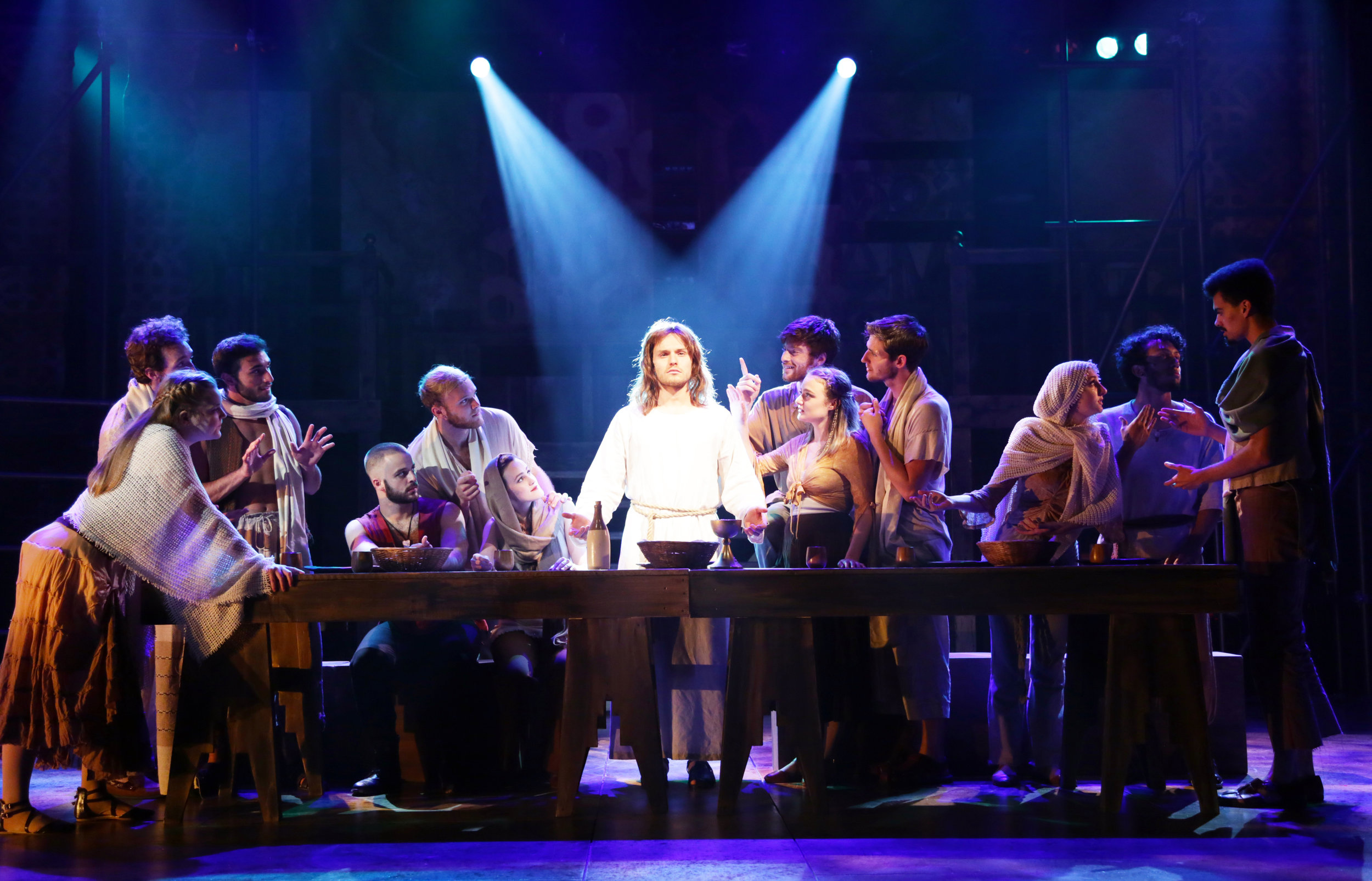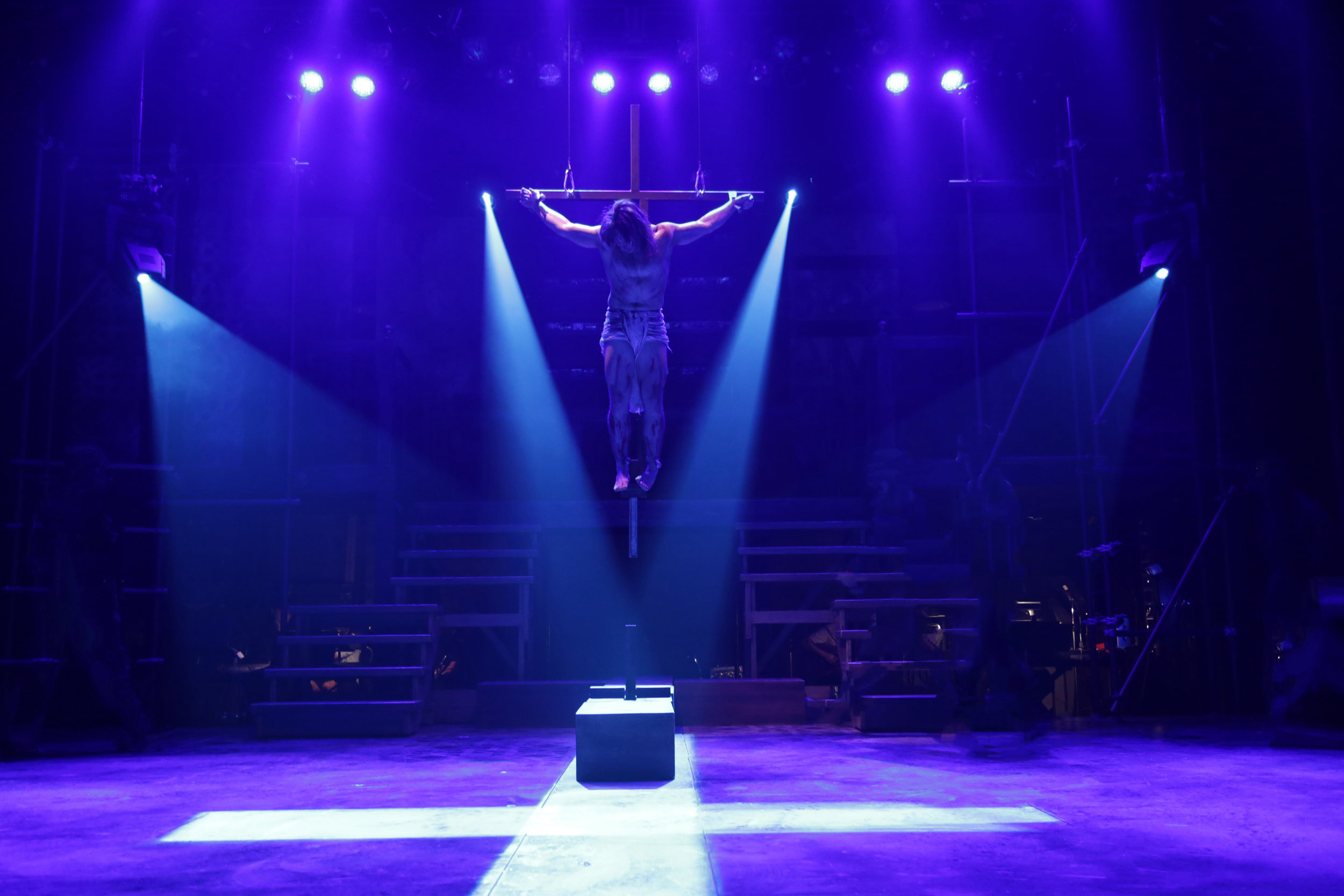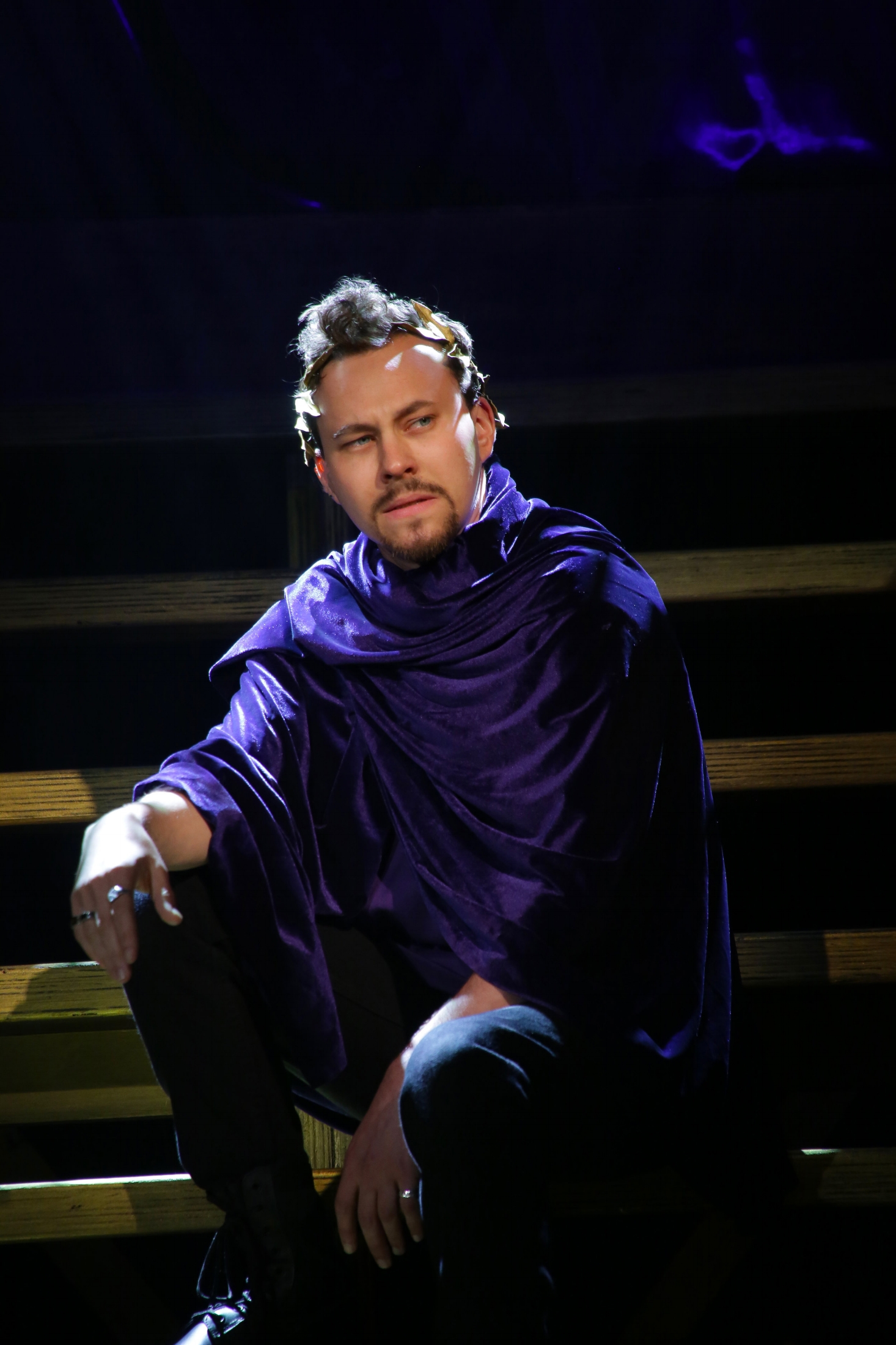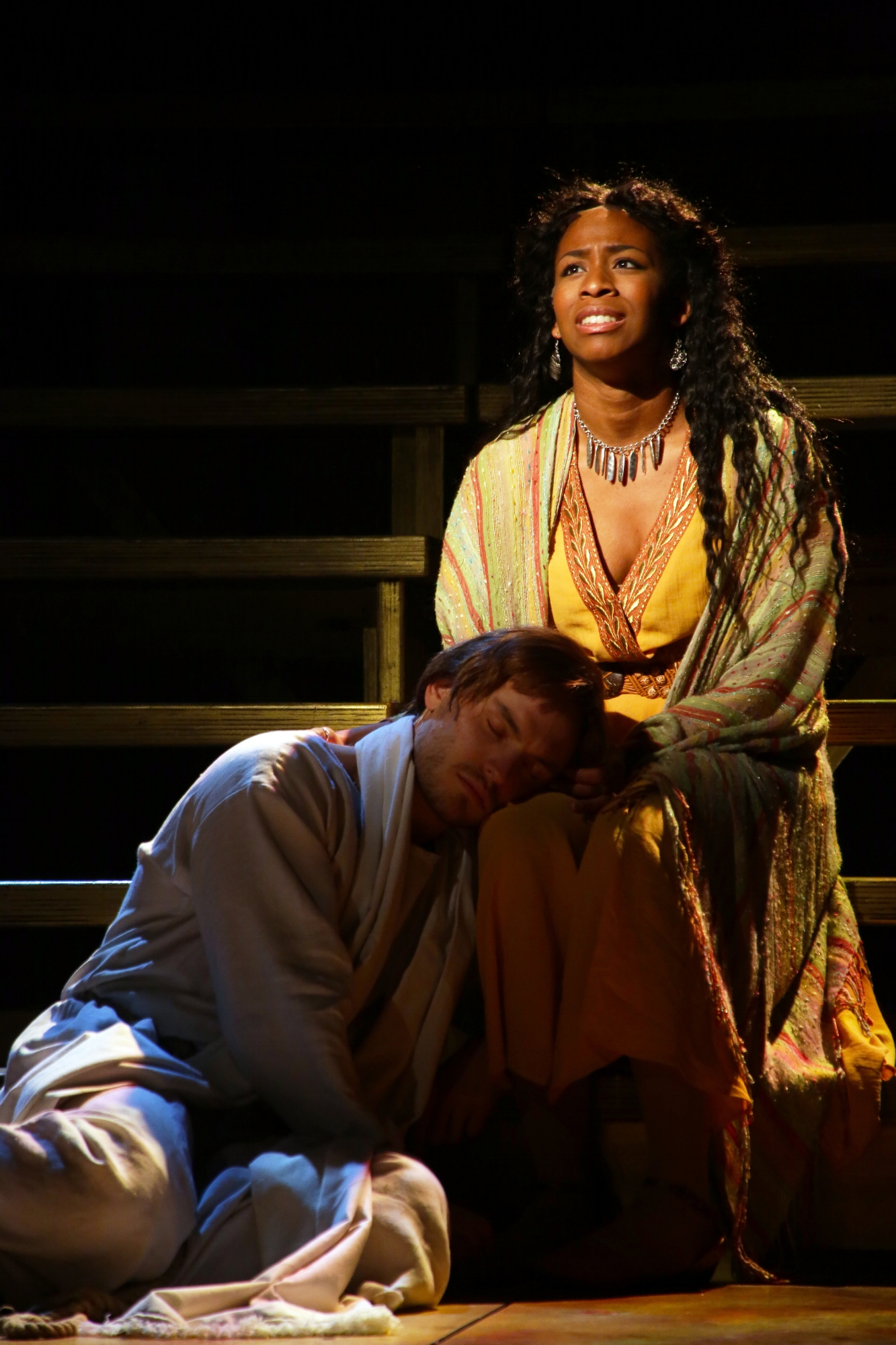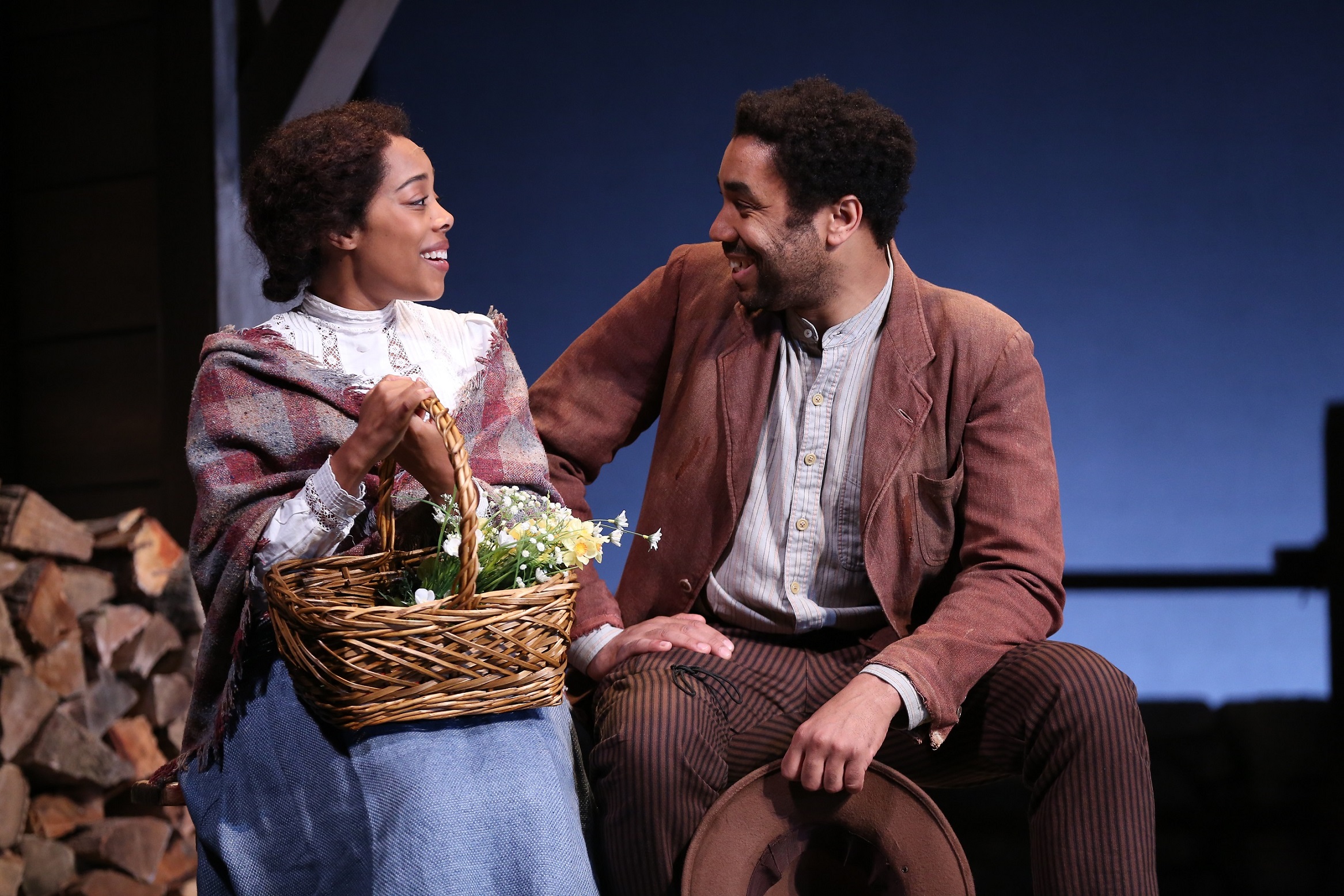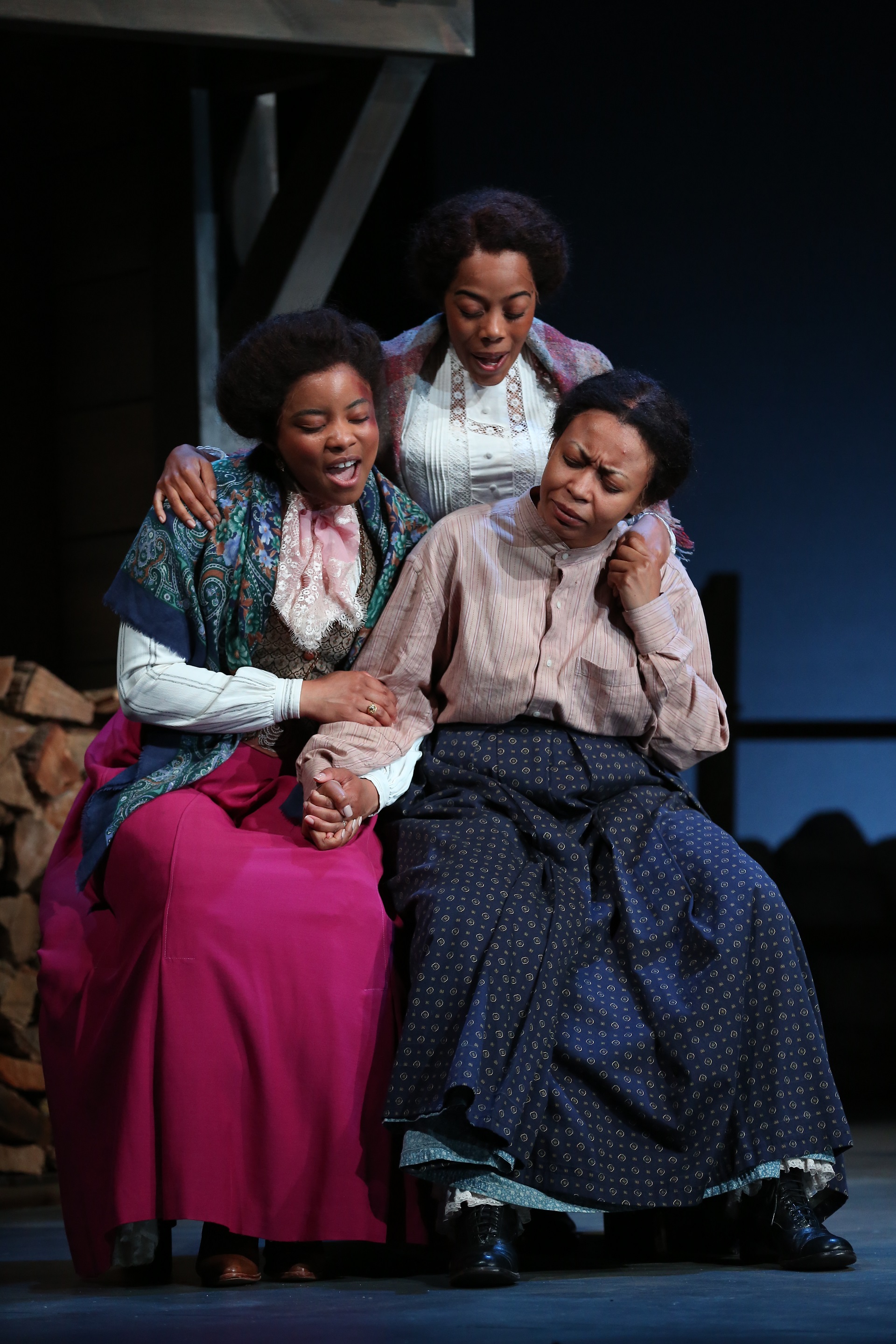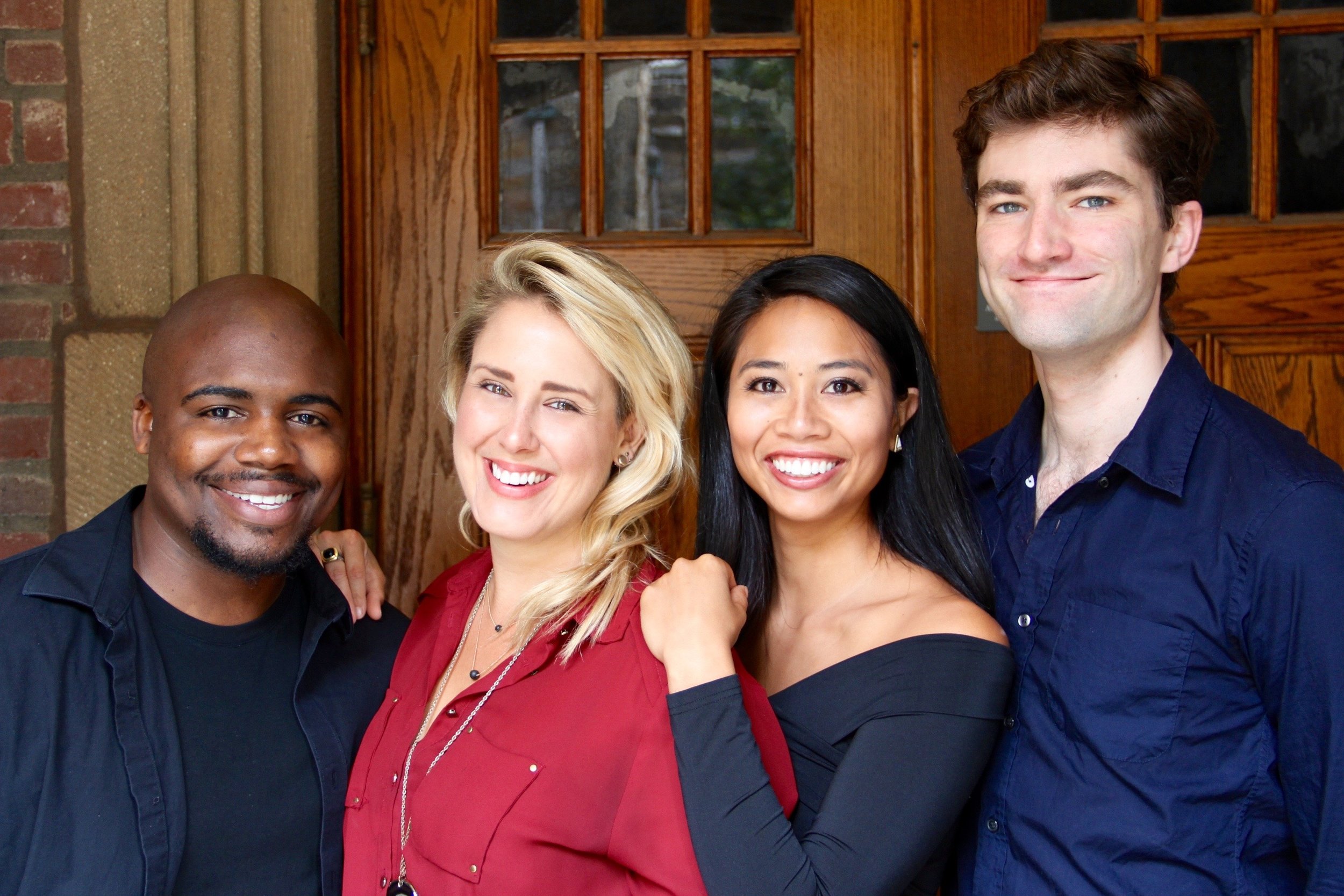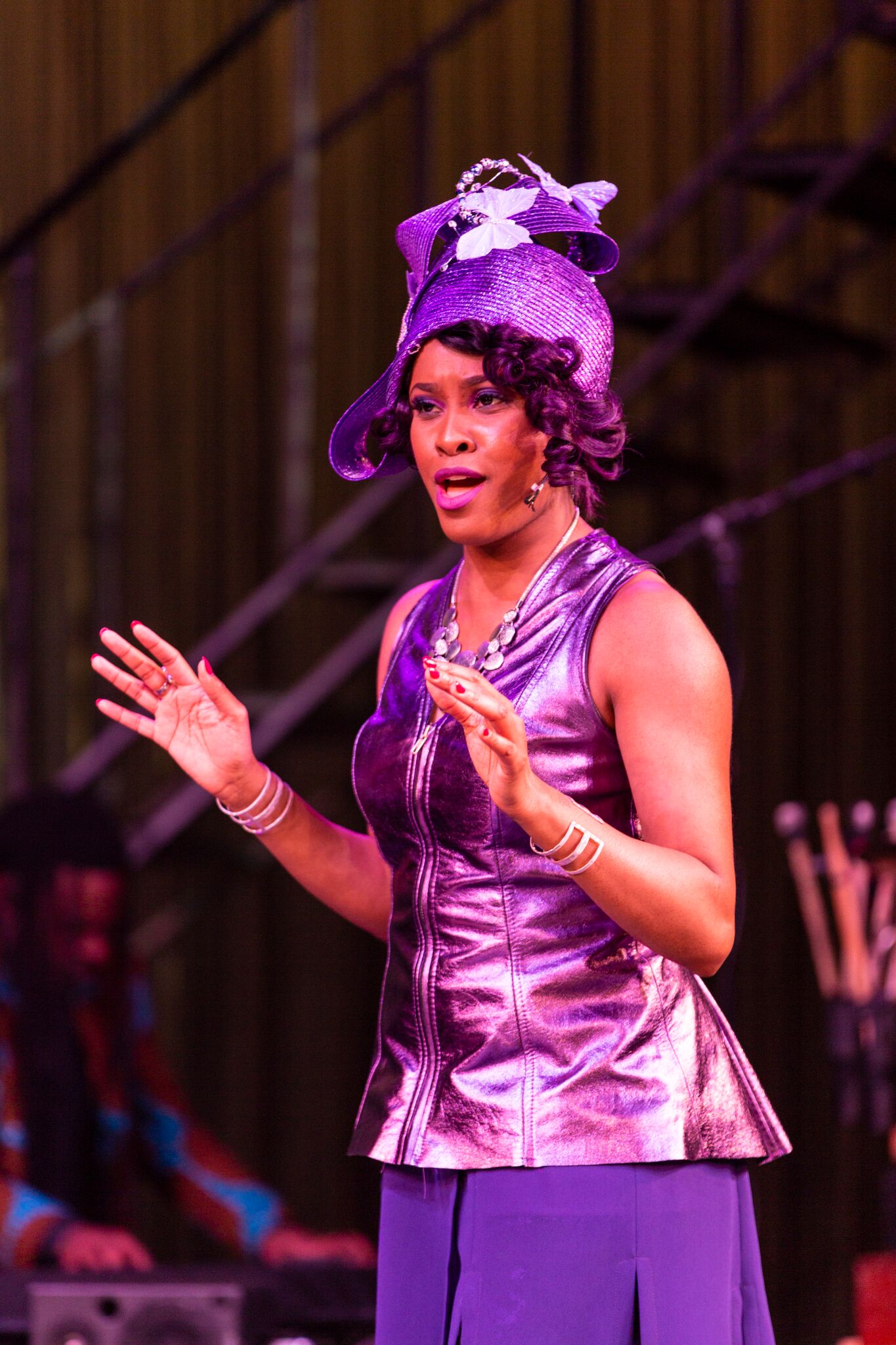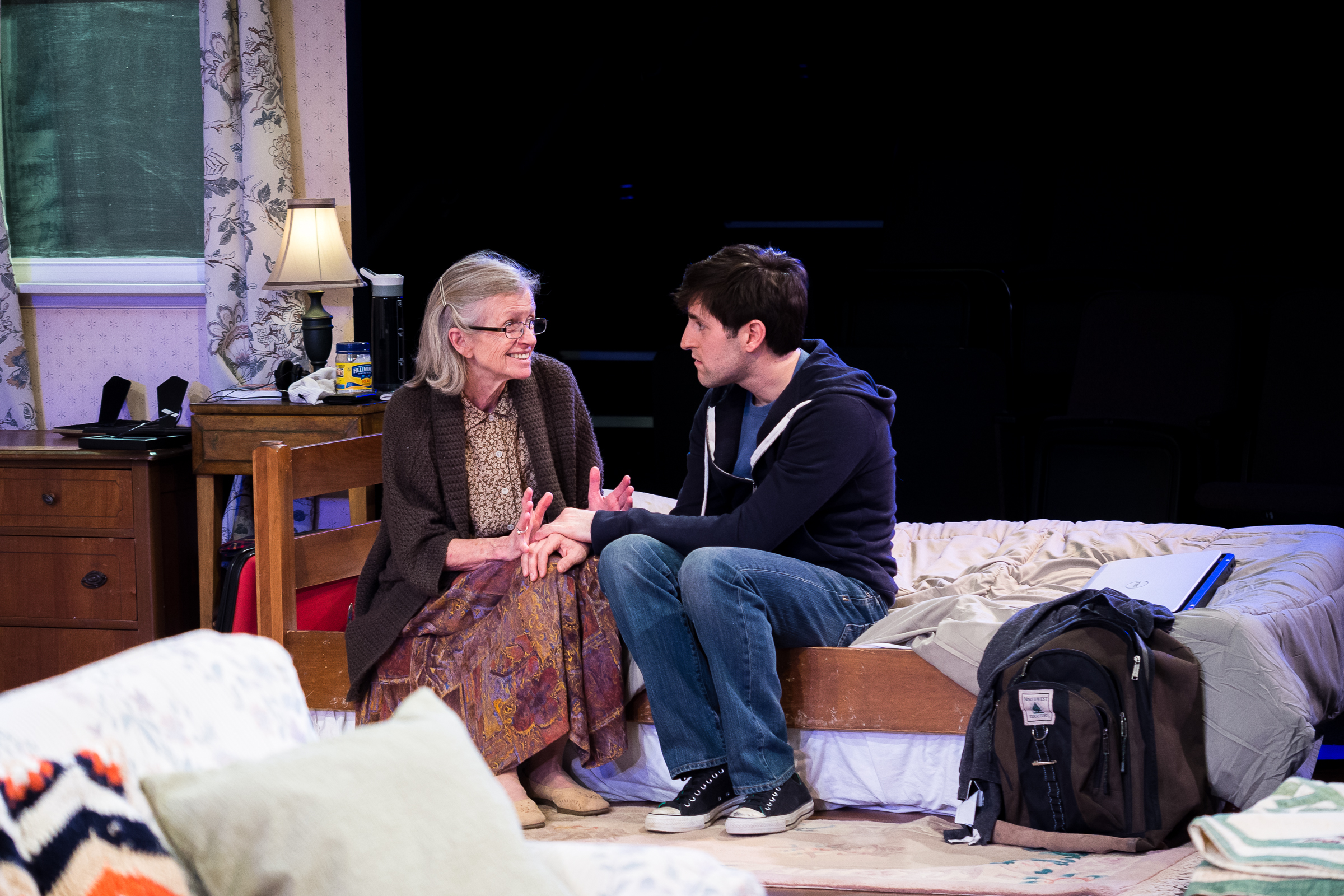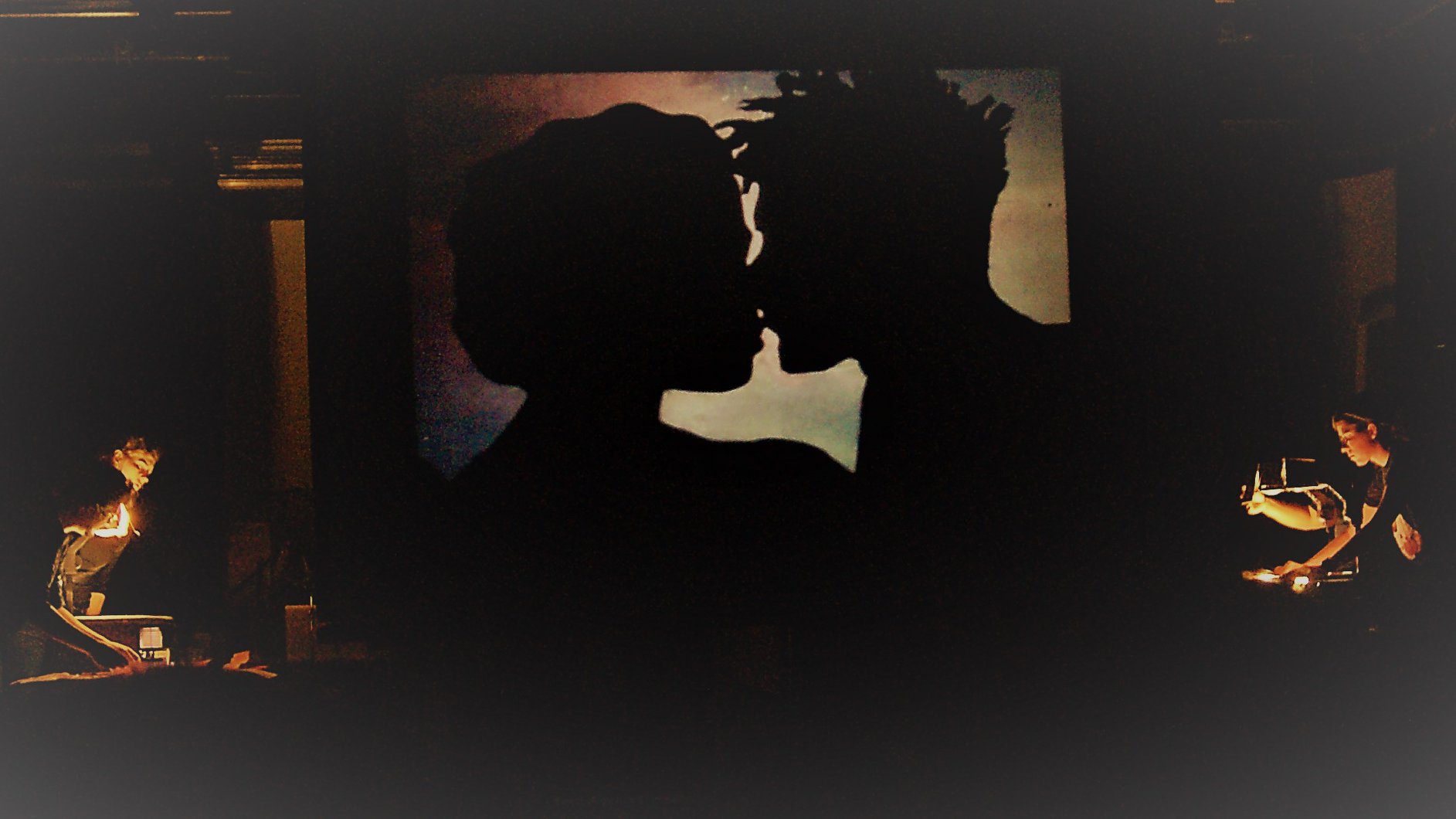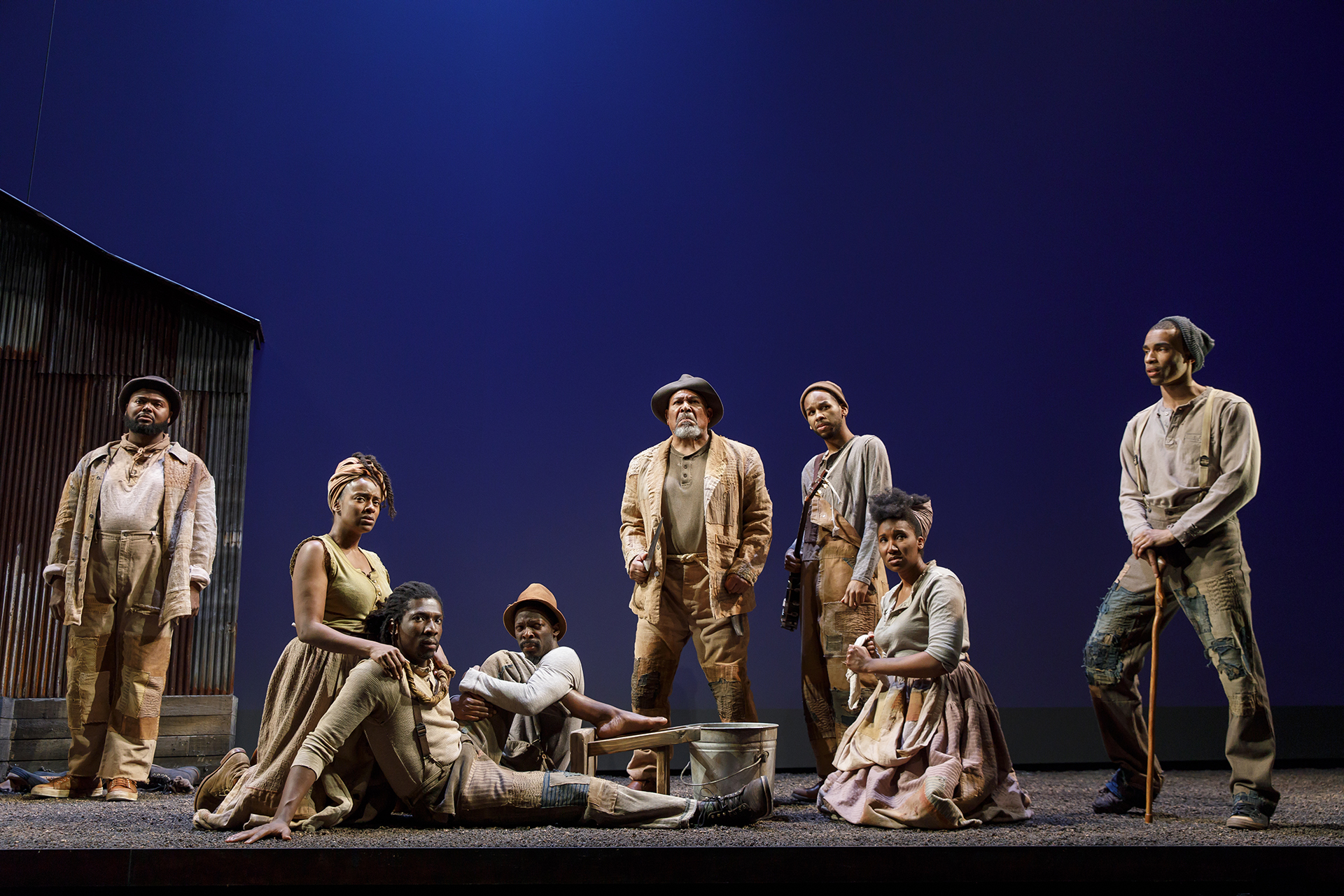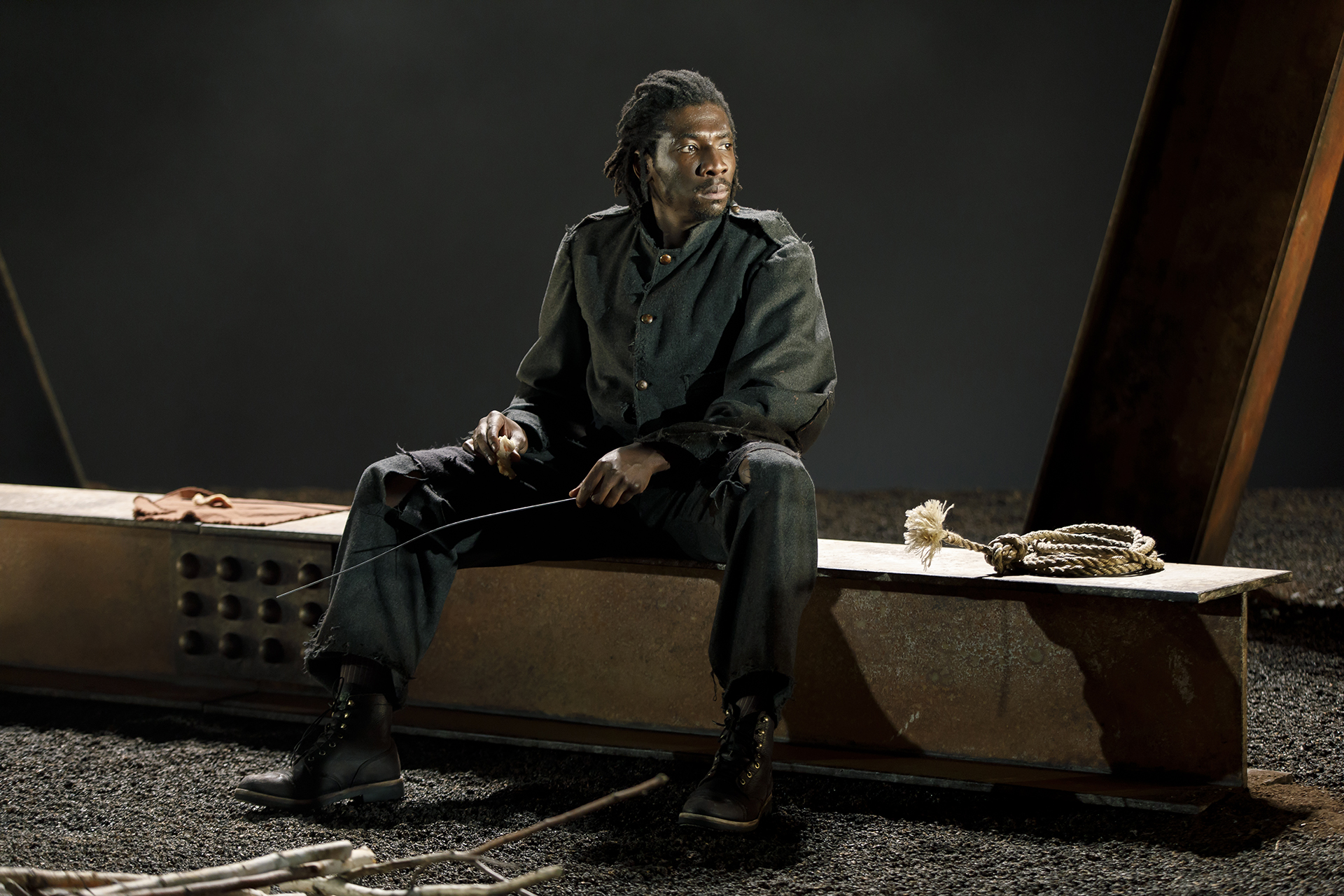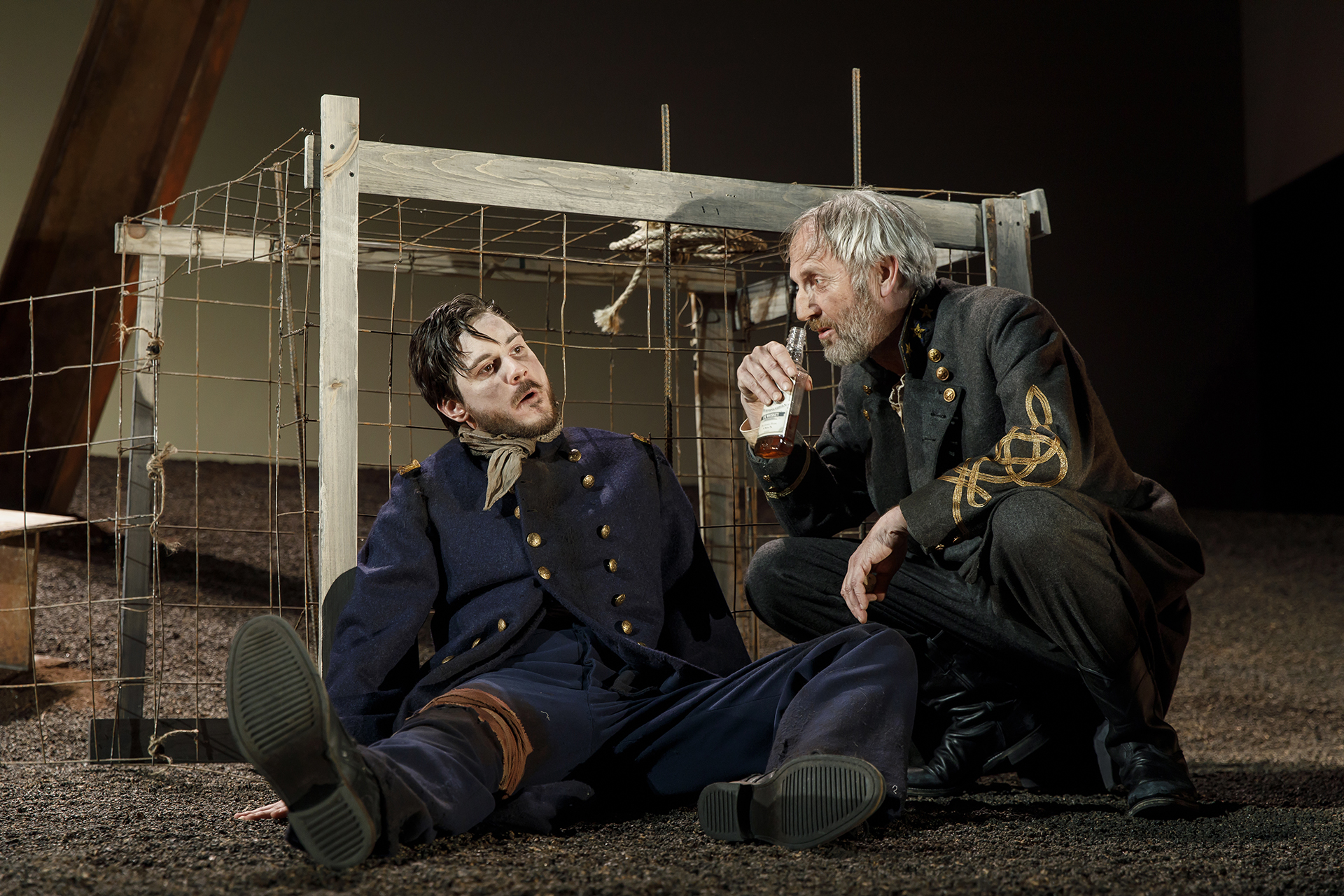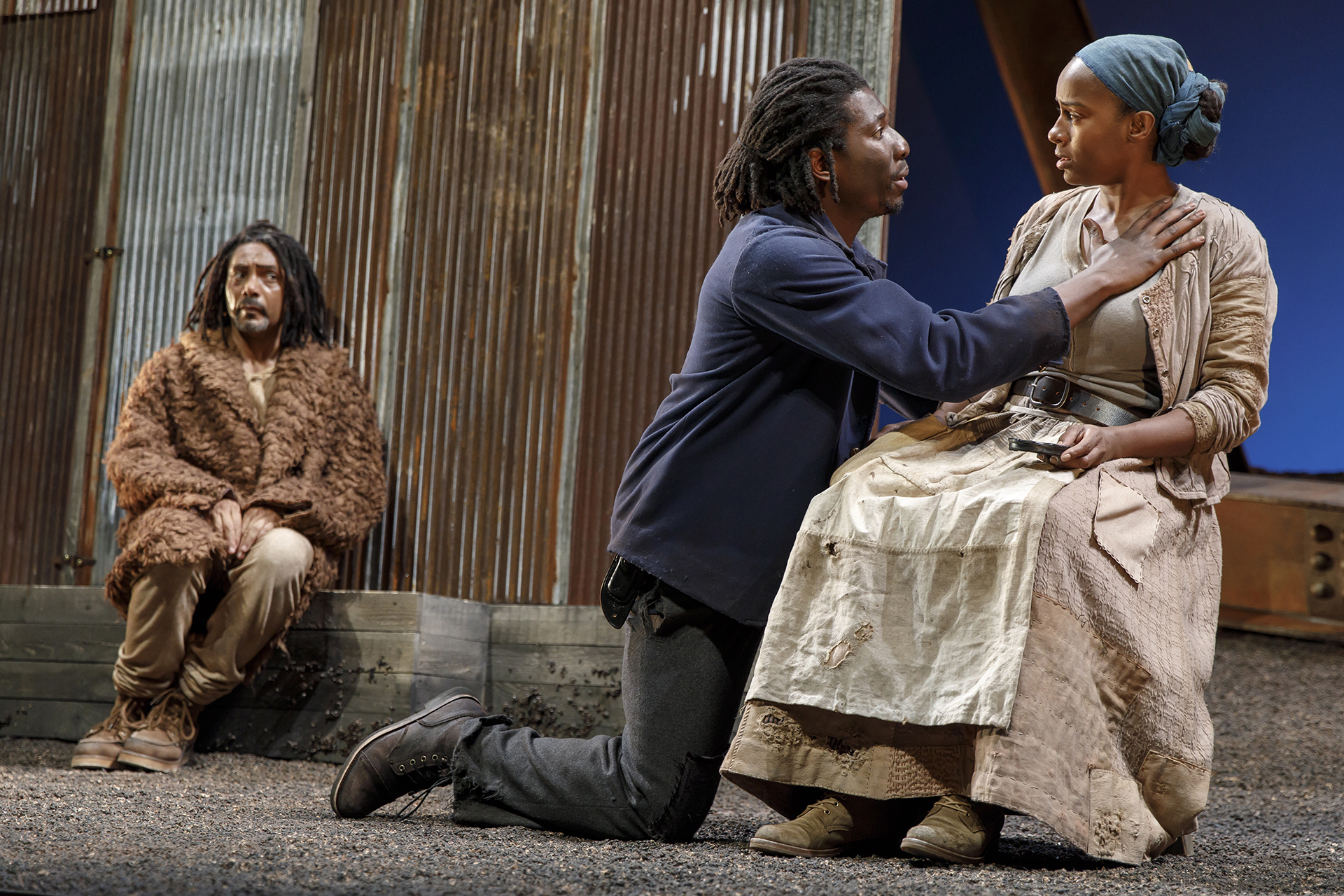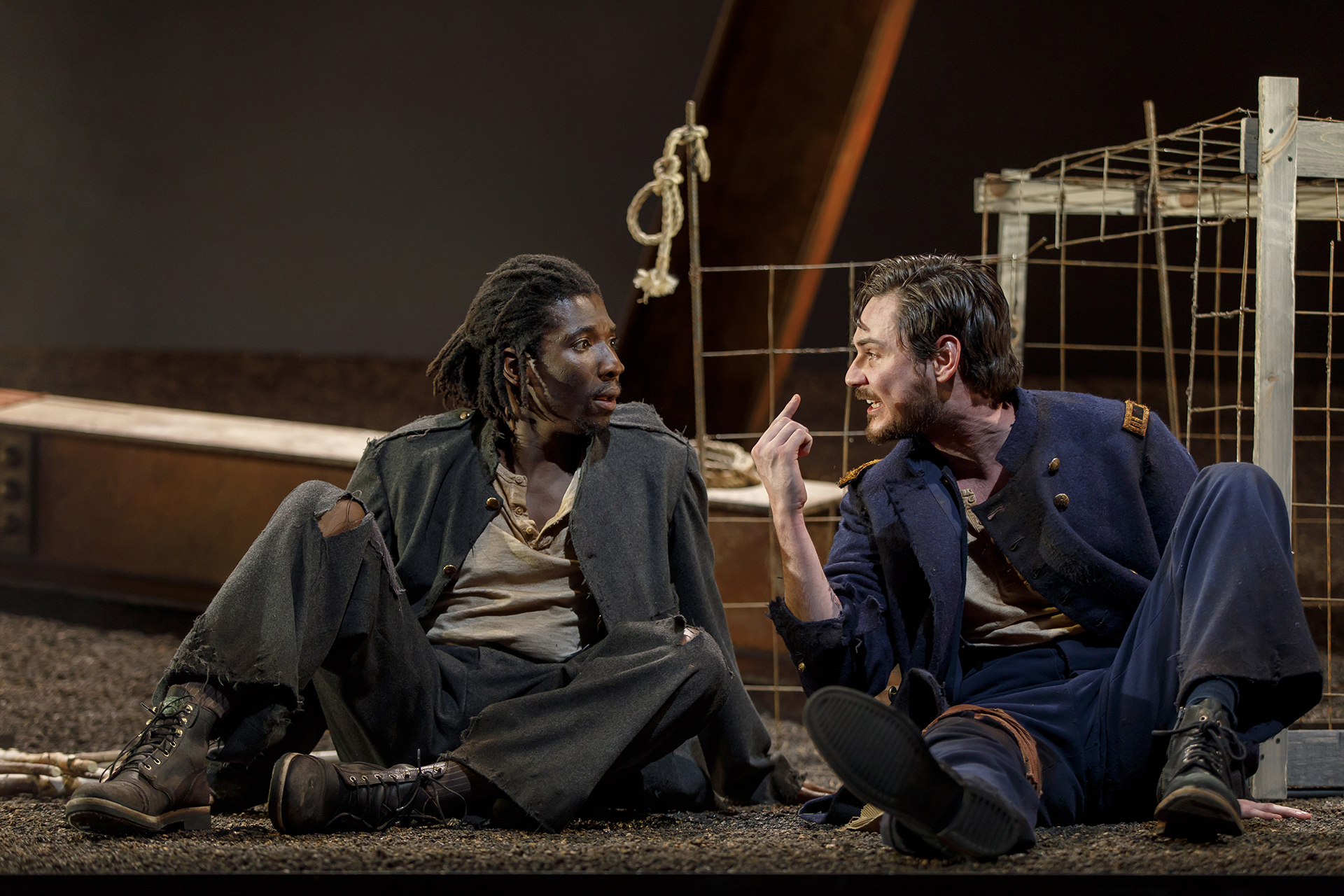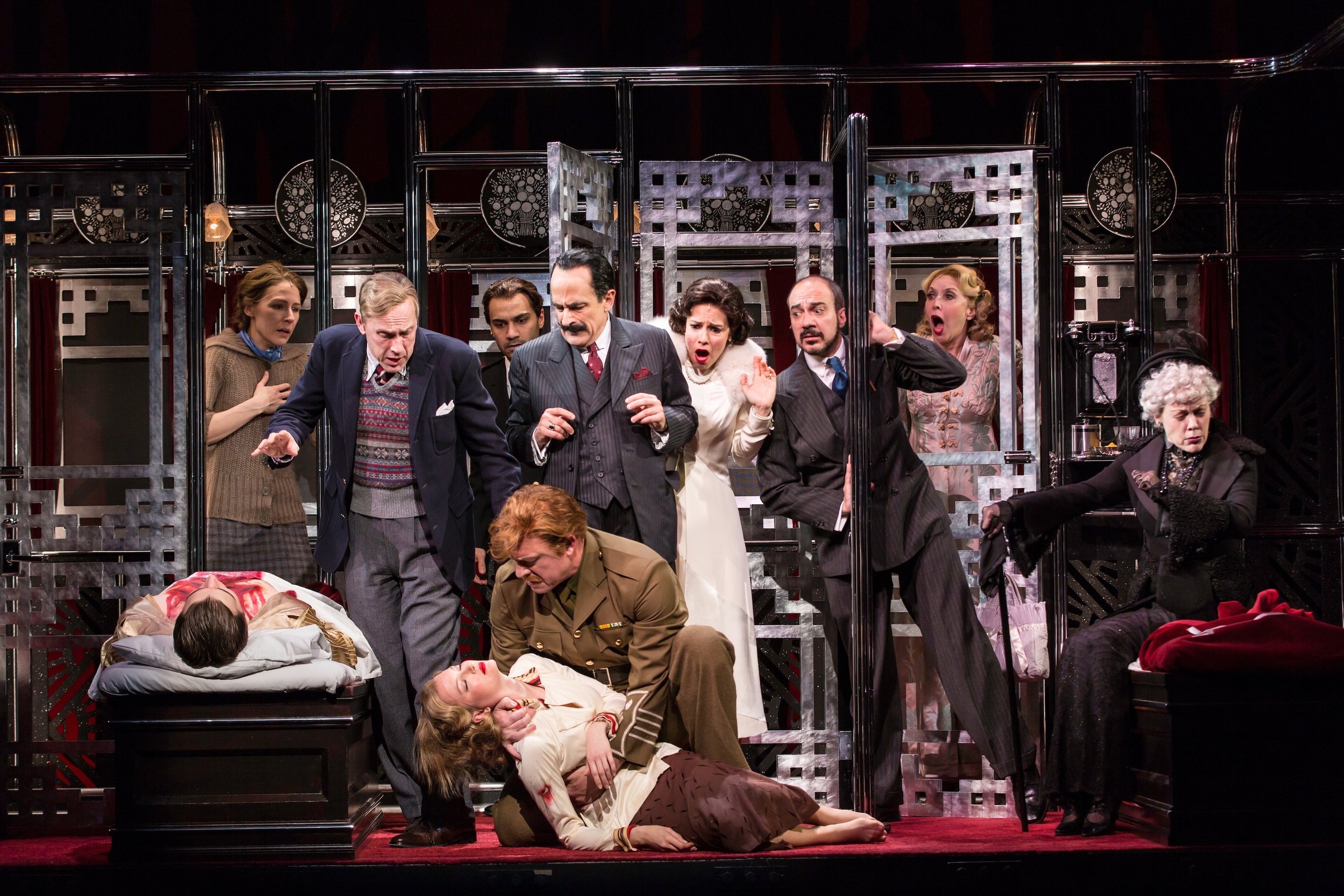Review of A Flea in Her Ear, Westport Country Playhouse
Farce, such as those created by Georges Feydeau in the Parisian Belle Epoque, may be said to be the quintessence of stage comedy. The humor derives from ridiculous situations played as though sensible, from lightning fast costume/character changes, and from mistaken motives, mistaken identity, and changeable sets. The production of Feydeau’s A Flea in Her Ear at Westport Country Playhouse uses David Ives’ new version of the play, and was developed with Resident Ensemble Players at the University of Delaware by director Mark Lamos. The cast are spirited and define ensemble acting, where everyone gets played for laughs and some are stand-out targets of hilarity.
Theater such as this, with its improbable plot elements and clearly demarcated lines between the fussy upper class, the earnest servant class, and the jaded demimonde, requires—besides energy to spare—great costuming and set direction, and this has that. Kristen Robinson’s scenic design gives us the placid confection of the Chandebise home and, in the raucous middle act, the cleverly designed corridor and chambre des assignations of the Frisky Puss Hotel, where extramarital alliances are the order of the day. Bedroom farce needs a memorable bed, and the room here certainly has one, as it moves between two separate rooms to considerable comic effect. And Sara Jean Tosetti’s costumes give us the becoming high style of Mme Chandebise, the absurd getup of Frisky Puss proprietor Ferraillon, and outfits that expose various levels of undress and distress.
Rugby (Robert Adelman Hancock), Victor Chandebise (Lee E. Ernst) (photo by Carol Rosegg)
The physical comedy never becomes a free-for-all, as it’s the overlaps in the action—the entrances and exits at just the split-second right moment—that make the show spin. The slapstick, when it occurs, is delightful—as for instance Victor Chandebise, mistaken as the ubiquitous Poche, Ferraillon’s lackey, holding a doorjamb and being lifted horizontally by the obstreperous Rugby, an Englishman played as an insufferable twit. The caricatures are broad indeed—a favorite is the flouncing Don Carlos (Michael Gotch), a jealous husband with a deadly accent. Other verbal treats are furnished by Mic Matarrese’s comic insouciance in his rendering of the speech impediment of Camille Chandebise, nephew of the put-upon master of the house.
The Chandebises—Victor (Lee E. Ernst) and Raymonde (Elizabeth Heflin)—live in bourgeois comfort, but the marriage has become too tepid for the Madame, who, seeing as how her husband no longer performs his nuptial task, suspects a sideline sexual conquest. She’s disturbed by the idea enough to put-off an interested suitor, Romain Tournel (Stephen Pelinski), her husband’s friend. Conferring with her good friend Lucienne Homenides de Histangua (Antoinette Robinson), the wife of Don Carlos, Raymonde hits upon the stratagem of sending Victor an anonymous, impassioned letter, setting up a rendezvous at the Frisky Puss. Lucienne obligingly pens the billet doux and therein lies more suspicion when Don Carlos happens to read it.
Lucienne Homenides De Histangua (Antoinette Robinson), Don Carlos (Michael Gotch) (photo by Carol Rosegg)
Hilarity ensues, in part because nearly everyone in the cast has a reason to be at the hotel when they shouldn’t be, and because the actual inmates of the hotel—Ferraillon (John Rensenhouse), Olympia (Deena Burke), Baptiste (Wynn Harmon), Eugenie (Laura Frye) and Rugby (Robert Adelman Hancock)—are such diverting company. The crowning element is that the lackadaisical Poche is a spitting image of Victor Chandebise (Lee E. Ernst in a double role played like Jack Benny and Buddy Hackett in the same body alternately). The fact that everyone mistakes each as the other—whether an abashed Mme Chandebise addressing Poche as her husband or an enraged Ferraillon delivering kicks to M. Chandebise as an uppity Poche—strains credulity, of course, and that’s the central joke: elitism and doltishness in one physiognomy.
Etienne (David Beach), Ferraillon (John Rensenhouse), Victor Chandebise (Lee E. Ernst) (photo by Carol Rosegg)
Further support in this vast cast is provided by David Beach, as the dutiful, oft-confused butler Etienne, Carine Montbertrand as his wife Antoinette, and Hassan El Amin as the much amused Dr. Finache. The behavioral send-ups don’t bite so much as belittle, as a distrustful wife is hoist on their own petard, and all would-be dalliances fizzle in the midst of absurdity. One suspects that it could all be a bit racier with more made of—for instance—the liberties Raymonde and Romain take with Poche. The Westport production, for all its flirtation with unseemly and seedy behavior, maintains a certain primness.
Romain Tournel (Stephen Pelinski), Raymonde Chandebise (Elizabeth Heflin)
In terms of structure—the first two acts are each followed by intermissions and a change of set—the play’s third act doesn’t quite recover from the first two. The set-up keeps new characters coming at us with fast-paced fun; the second act, at the Frisky Puss, takes us into an irrepressible comic world and opens the possibility of any number of unexpected encounters; Act 3, back at the Chandebise home, plays out the mistaken identity plot, strung out for as long as it can go, but without much in the way of genuine surprise.
In short, a good time can be had by all, particularly as the foolishness never flags and all’s well that ends well.
A Flea in Her Ear
A new version of George Feydeau’s farce by David Ives
Directed by Mark Lamos
Scenic Design: Kristen Robinson; Costume Design: Sara Jean Tosetti; Lighting Design: Matthew Richards; Sound Design: Fitz Patton; Fight Director: Michael Rossmy; Production Stage Manager: Matthew G. Marholin
Cast: David Beach, Deena Burke, Hassan El Amin, Lee E. Ernst, Laura Frye, Michael Gotch, Robert Adelman Hancock, Wynn Harmon, Elizabeth Heflin, Mic Matarrese, Carine Montbertrand, Stephen Pelinski, John Rensenhouse, Antoinette Robinson
Westport Country Playhouse
July 10-28, 2018




